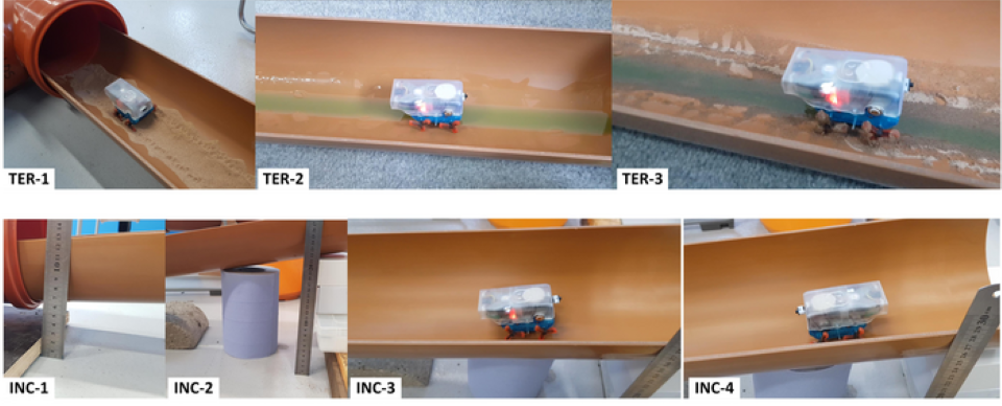Weighing 70g, Joey is said to be the first robot able to navigate by itself through mazes of pipes as narrow as 7.5 cm across. The development by a team of researchers at Leeds University is detailed in Frontiers in Robotics and AI .
In a statement, Dr Netta Cohen, a professor at Leeds University and the final author on the study, said: “Here we present Joey – a new miniature robot – and show that Joeys can explore real pipe networks completely on their own, without even needing a camera to navigate.”
The present work forms part of the ‘Pipebots’ project of the universities of Sheffield, Bristol, Birmingham, and Leeds, in collaboration with UK utility companies and other international academic and industrial partners.
First author Dr Thanh Luan Nguyen, a postdoctoral scientist at Leeds University who developed Joey’s control algorithms, said: “Underground water and sewer networks are some of the least hospitable environments, not only for humans, but also for robots. Sat Nav is not accessible underground. And Joeys are tiny, so have to function with very simple motors, sensors, and computers that take little space, while the small batteries must be able to operate for long enough.”
Joey moves on 3D-printed ‘wheel-legs’ that roll through straight sections and walk over small obstacles. It is equipped with energy-efficient sensors that measure its distance to walls, junctions, and corners, navigational tools, a microphone, and a camera and ‘spot lights’ to film faults in the pipe network and save the images. The prototype cost £300 to produce.

The team showed that Joey is able to find its way, without any instructions from human operators, through an experimental network of pipes including a T-junction, a left and right corner, a dead-end, an obstacle, and three straight sections. On average, Joey managed to explore about one meter of pipe network in just over 45 seconds.
The researchers then verified that the robot could move up and down inclined pipes with realistic slopes and traverse muddy or slippery tubes. Next generation Joeys will be waterproofed to work in pipes filled with liquid.
Sensors allow Joey to navigate without the need to turn on the camera or use computer vision, thereby saving energy and extending Joey’s battery life. Whenever the battery runs low, Joey returns to its point of origin.
The Pipebots scientists aim to develop a swarm of Joeys that communicate and work together, based off a larger ‘mother’ robot dubbed Kanga. Kanga, which is under development and testing by some of the same authors at Leeds School of Computing. Kanga will be equipped with more sophisticated sensors and repair tools such as robot arms, and will carry multiple Joeys.
“Ultimately we hope to design a system that can inspect and map the condition of extensive pipe networks, monitor the pipes over time, and even execute some maintenance and repair tasks,” said Cohen.
“We envision the technology to scale up and diversify, creating an ecology of multi-species of robots that collaborate underground. In this scenario, groups of Joeys would be deployed by larger robots that have more power and capabilities but are restricted to the larger pipes. Meeting this challenge will require more research, development, and testing over 10 to 20 years. It may start to come into play around 2040 or 2050.”











Radio wave weapon knocks out drone swarms
Probably. A radio-controlled drone cannot be completely shielded to RF, else you´d lose the ability to control it. The fibre optical cable removes...